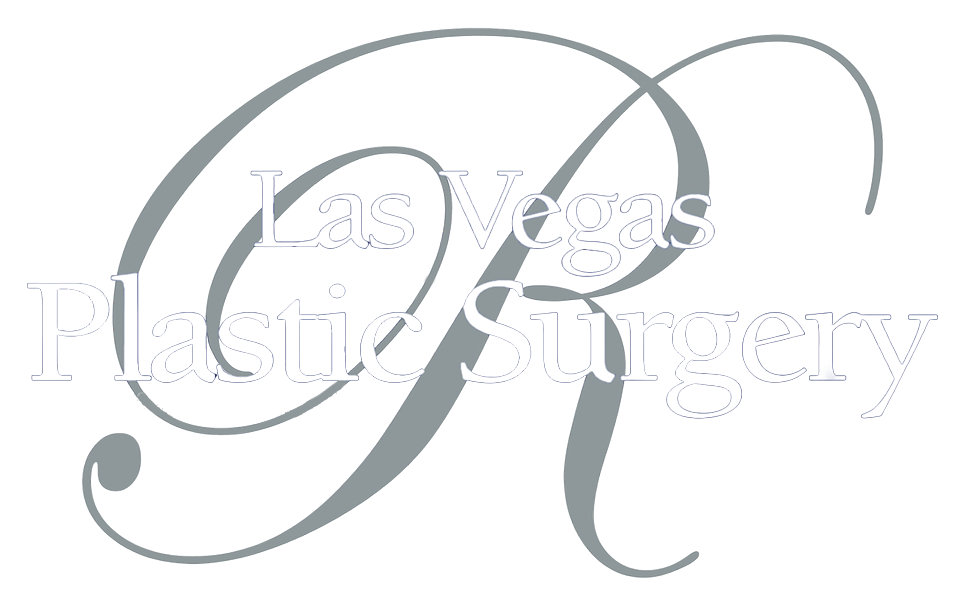Las Vegas Plastic Surgery
A recent study presented at the International Society of Aesthetic Plastic Surgery’s 20th Biennial Congress in San Francisco, California noted that Botulinum toxin A, commonly known as Botox, may significantly reduce the postoperative pain from silicone breast implant reconstruction procedures following mastectomy surgery.
Breast reconstruction usually involves the placement of a temporary expander implant between layers of the pectoralis major chest muscle during a mastectomy surgery. Following the mastectomy the expander is filled serially with saline to create a pocket. The permanent breast implant is placed at a separate procedure. The chest muscle will sometimes contract and spasm in response to the expansion, which in some cases can cause pain or discomfort.
The authors of the study theorized that injections of Botox could offer relief by temporarily causing the chest muscles to remain relaxed. That way, fewer muscle spasms would occur and less pain would arise.
The small, randomized clinical trial used statistical significance to demonstrate that women who received Botox injections were more comfortable after breast reconstruction surgery than those who received a placebo.
No notable differences in the use of narcotics, muscle relaxants, or anti-inflammatory drugs were observed for the 2 trial groups in the first 3 days after breast reconstructive surgery. However, during days 7 to 45 of recovery, the Botox group used significantly fewer doses of narcotics and muscle relaxants.
Additionally, the authors found a statistically significant increase in the volume of expansion per office visit, leading to full expansion more quickly in the Botox trial group.
No adverse reactions were reported among the trial group who used Botox following their breast reconstruction surgery.
In 2004, a similar study reported Botox placed in the pectoral muscles between mastectomy and tissue expander placement reported less postoperative pain and used fewer narcotics in the first 24 hours after surgery, and in the final expansion period.
The studies are small, and further studies will help shed light on the off-label use of this well known drug. Hopefully further studies will show that this common drug can be used by plastic surgeons to decrease the pain after mastectomy and breast reconstruction, as well as possibly hasten the recovery process. Studies of off-label use of Botox in the aesthetic or cosmetic breast surgery are underway.
Jeffrey J. Roth, M.D., F.A.C.S.
(702) 450-0777www.jjrothmd.com
References:
Gabriel A, Maxwell G.P. The efficacy of botulinum toxin in post mastectomy expansion. International Society of Aesthetic Plastic Surgery (ISAPS) 20th Biennial Congress: Abstract 45. Presented August 17, 2010. San Francisco, CA.
Botulinum toxin infiltration for pain control after mastectomy and expander reconstruction. Layeeque R, Hochberg J, Siegel E, Kunkel K, Kepple J, Henry-Tillman RS, Dunlap M, Seibert J, Klimberg VS. Ann Surg. 2004 Oct;240(4):608-13; discussion 613-4.
Botulinum toxin type A infiltration for pain control after breast augmentation. Zhibo X, Miaobo Z. Plast Reconstr Surg. 2009 Nov;124(5):263e-4e.



